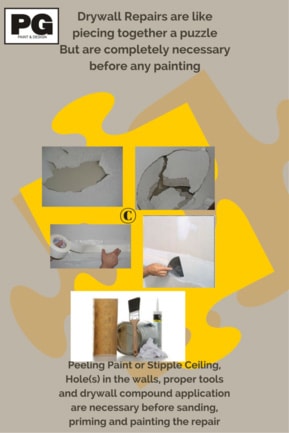Drywall, Plaster And Stucco Providers In Toronto (GTA)
Repairing torn drywall facing is seldom problematic. Merely adhere the patch to the wall and canopy with drywall compound. It isn’t essential to strengthen the horizontal edges of the replacement drywall. Reduce along the lines on the wall with a drywall knife. Earlier than the drywall compound dries, add texture to it with a brief-handled stomping brush. Let dry, then add a 3rd coat to smooth any remaining uneven areas. A scrap of drywall, a leftover piece of window screening, some joint compound, and a few widespread tools are all it takes, should you use the outlet-patching approach demonstrated on the next Step-By-Step by This Outdated Home general contractor Tom Silva.
Rating the back of the drywall with a field cutter or knife about an inch from all sides. Place the patch over the hole and pencil its outline on the broken wall. To make use of the patch, just clean the wall surface and sand it to give the floor a little ‘tooth.’ Then stick the patch over the outlet and cover it with two or three skinny layers of joint compound. Photo 5: Sand the dry compound calmly with 100-grit sandpaper to remove ridges and blend edges.
Apply a skinny coat of joint compound to the cracked space. That is one time when it is handy to have a gap within the wall. When the second coat is thoroughly dry, sand lightly to clean out any bumps. Crease the paper tape down the middle so it fits into the corner easily (Photograph 2). It’s difficult to unfold compound easily on one aspect of the nook with out marring the other facet.
To start, reduce a bit of the tape and apply over the outlet so the mesh extends beyond the opening by 1″ across the whole circumference of the outlet. Sand the surface easy around the hole. To repair a hole in your wall usually requires some kind of patch to cowl the outlet, whether or not it’s a metallic patch like the one I am holding here, or one other piece of drywall like this.
It’s fine to fill screw holes and other small wall dings with patching compound, but for dime-dimension and larger repairs, and for holes which might be deep, it’s best to use a joint compound that units up by a chemical response. It also bears mentioning that drywall sanding mud is a respiratory irritant. Draw an X on the wall above the opening and an arrow on the patch that points on the X so you may know methods to orient the patch in Step 6.